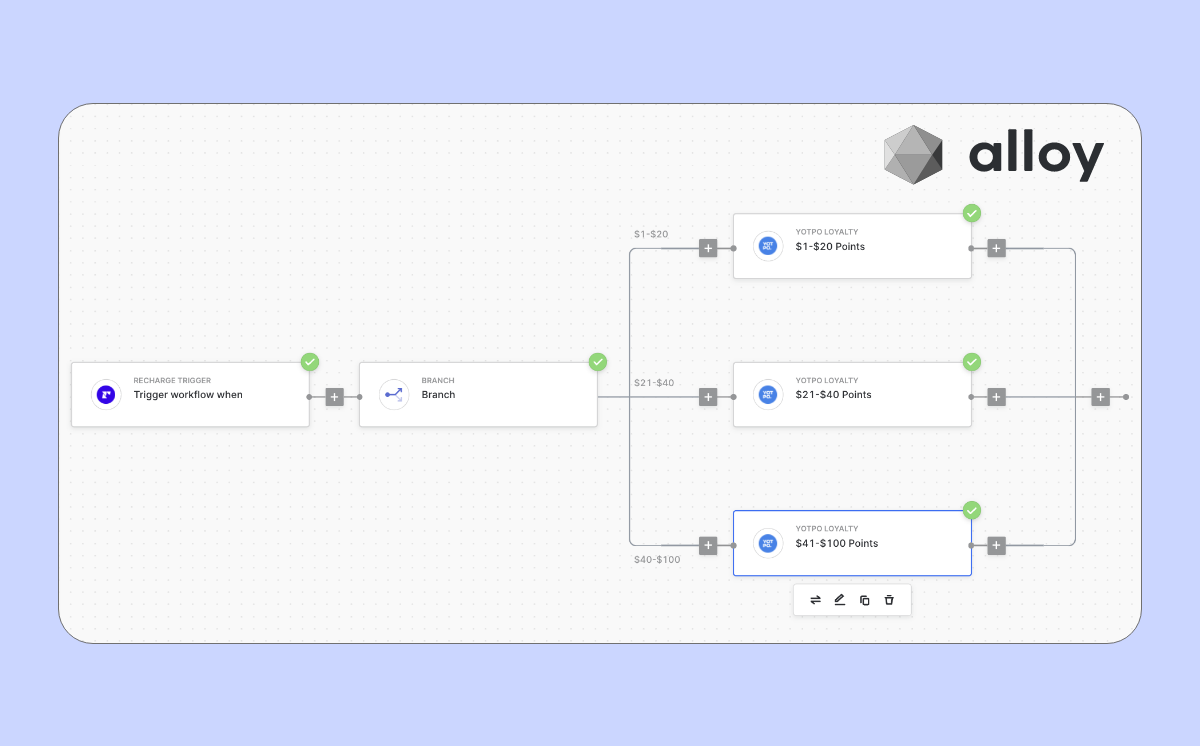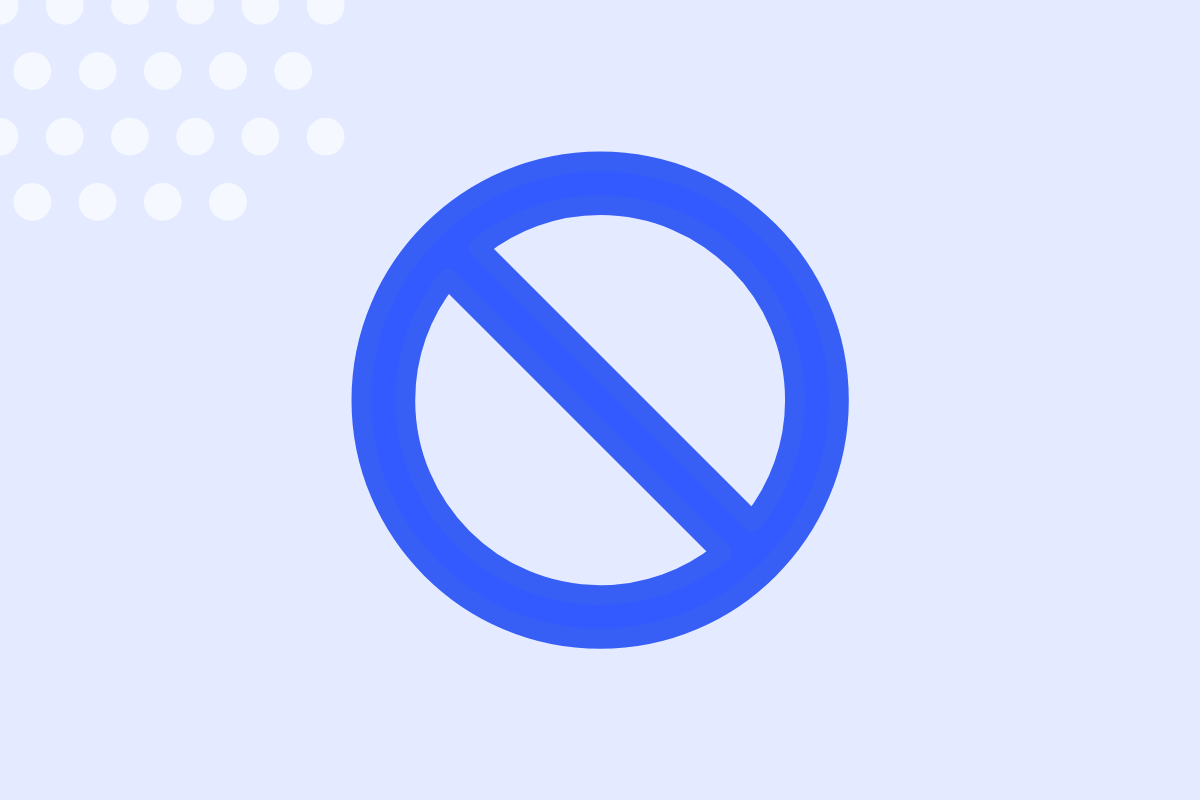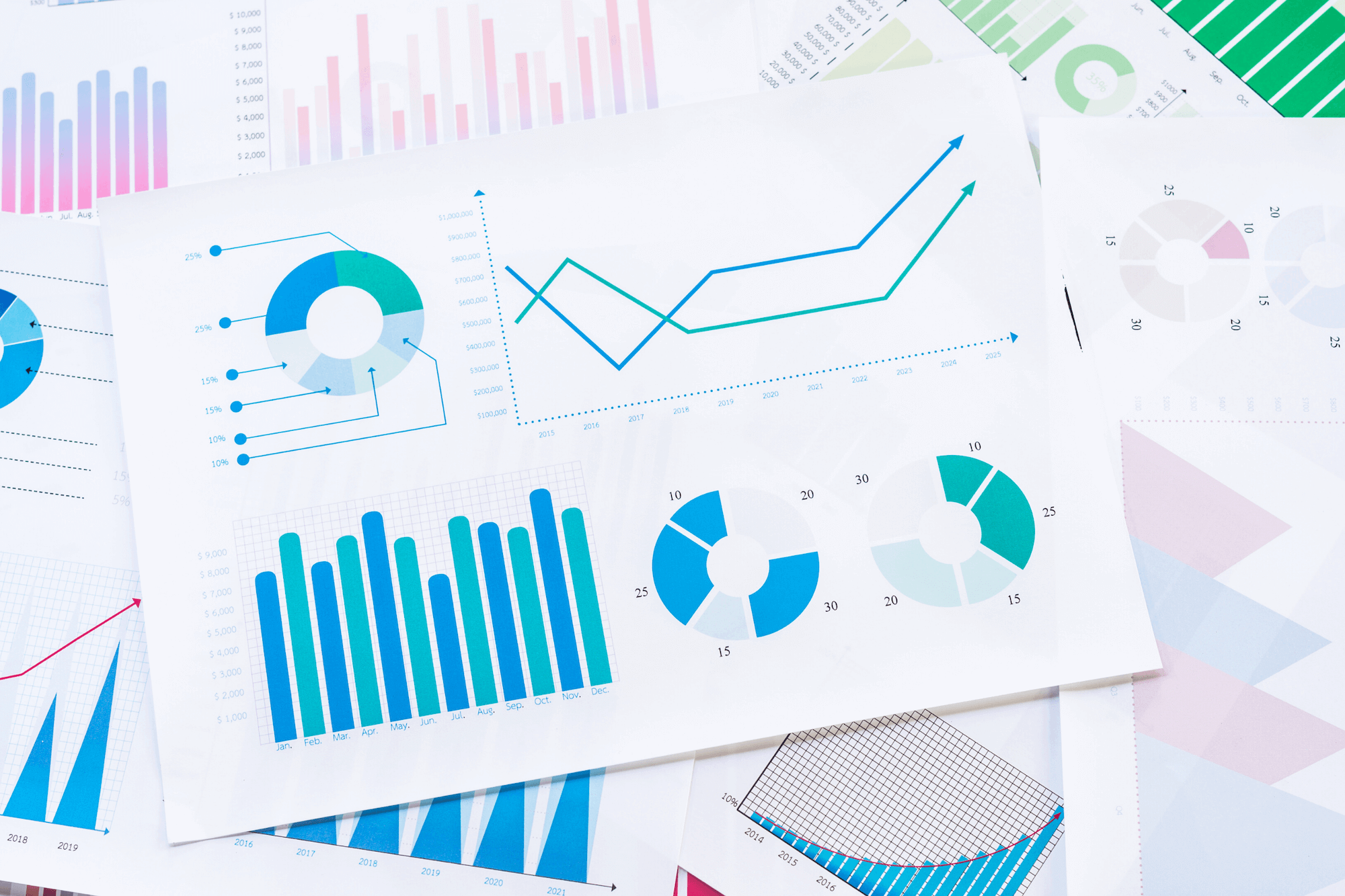No matter if you're a marketing veteran or you're only a few years in, it's more than likely you've heard the term "buyer persona."
Buyer personas are a tried and true marketing tool used to generate revenue, grow brand loyalty, and boost sales, but only if done correctly.
While there are several ways to form buyer personas — from collecting in-depth market research to tapping your sales team for insights — there's another way to successfully build impactful personas: email segmentation.
In this post, you'll learn:
- What are buyer personas?
- Why are buyer personas important for eCommerce?
- 3 High-impact ways to use email segmentation to identify buyer persona for eCommerce
What are buyer personas?
A buyer persona is a profile created with customer research and data that represents your ideal customer. In other words, it's a detailed depiction of each of your target customers.
Detailed buyer personas typically include all kinds of demographic information about your target audience, like:
- Location
- Gender
- Age
- Interests
- Career path
- Communication habits
- Income
- Shopping habits
- Spending history
Buyer personas are useful when determining how to market to your ideal customer base in any capacity—from the products you sell to the channels you use to run your marketing efforts. You can also use your buyer personas to inform email campaign copy, content marketing strategy, messaging, SEO, and design.
But just how important are they?
According to Segment, 71% of customers feel frustrated when a shopping experience is impersonal. However, a study from Forrester found that only 11% of companies have the tools in place to reach their customers in a personalized way.
Having a deep understanding of who your current customers are and what makes them tick is the ultimate gateway into building marketing strategies that get results and products that fly off the shelves.
Why are buyer personas important for eCommerce?
Buyer personas fill in the gaps in your understanding of your existing customers so you can create more impactful campaigns.
Here are some of the biggest ways buyer personas do just that.
Buyer personas help you to identify your target customers
Buyer personas help you understand who your target customers are as a whole. That way, you can customize your marketing strategies to fit with their likes, beliefs, jargon, stage in life, and more.
Without fully grasping your target audience, it'll be challenging to create value-packed content, sell products, and build a brand that resonates with who you're trying to reach.
The number of buyer personas your brand has may vary depending on your products or services. The only magic number of personas is the one that is right for your business. Some marketers use buyer persona templates to ensure they're gathering the same information across each persona.
To completely understand how buyer personas work in a marketing campaign planning context, let's look at an example. Let's say you're a CBD-infused beverage brand that sells primarily to Millennials and Gen Zers.
One of your buyer personas might look like this:

Based on Jade's behavior, she might be more receptive to a combination of email and SMS marketing strategies
Also, it makes sense to add a popup with recommendations based on her browser history or a "people also bought" section at the bottom of your product pages to increase your average order value.
Helps you select products that will perform well with your target market
Buyer personas + buyer data = an informed product development strategy.
Based on your existing customers' behavior — what they view, click on, like, and purchase — you can choose products you know will perform well with your target market. Unless you know what your customers like (and don't like!), it'll be challenging to figure out what products to sell as well as how to sell them.
This email from Target is a great example of how you can gather more information about a customer using a simple feedback email after they make a purchase.

(Source: Really Good Emails)
Target not only knows that this customer purchased the item, but they can use a feedback email to learn even more about the customer's experience — what they like about the product if there was an issue with it, and if they would recommend it to others.
This information will likely influence the product decisions Target makes in the future.
//[inject:ad-personalized-email]
How to identify your buyer personas?
The customer information you've been collecting for your email lists is a treasure trove for building buyer personas. However, you won't be able to successfully tailor your messages to the right customers without—you guessed it—segmentation.
Segmentation gives eCommerce brands the ability to identify patterns within your email lists that would a) be difficult to see otherwise and b) help you create personalized content for your personas.
1. Construct audience research
In order to create a buyer persona, you first need to do some consumer research. Understanding who your business is targeting and what current customers you have through sales data and email subscribers is useful.
There are a variety of ways to gather data on your current customer base. These include:
- Surveys
- Interviews
- Pre-existing sales data
- Your email subscriber database
The more data you can acquire, the more personalized your buyer personas become. Depending on your ecommerce business, you may attract a variety of customers which result in multiple buyer personas.
Once this data is collected, you’re one step closer to creating a buyer persona for your email marketing campaigns.
2. Identify your current customer feedback
Customer feedback is a powerful thing. You gain insight into your customers' experience with your product(s) and brand so you can make improvements where needed.
Gathering customer feedback is also a great way to develop your buyer personas further. Knowing what your customers think about your products, how they use them, and if they will likely buy them again helps you craft marketing messages that better resonate.
How to implement
- Brainstorm ways to best collect customer feedback. This could be a survey sent via email after a customer makes a purchase or a form embedded in an email asking for a review. Pro tip: Make it easy for customers to share their recent purchases to social media with a click-to-share button in email receipts, survey emails, etc.
- Once customer responses start flowing in, you can begin to build your segments. You can segment your personas by individual products, collections, and more. Here's how this segment could look inside Sendlane:

So, back to our CBD-infused beverage brand — if you want to market a new product to customers who loved a similar product in the past, you could easily do so with feedback-centric segments.
3. Construct buyer personas with demographic information from your email list
eCommerce businesses have tons of data available at their fingertips, especially if they're using an email marketing provider. Information like consumer shopping habits and website browsing behavior, to email engagement metrics like open rate, click-through rate, and more, play a role in forming buyer personas.
With your email lists, you can start to piece together your buyer personas with demographic information like:
- Age
- Purchase history
- Location
- Sign up source
- Device
It all depends on what your goal is and who you're trying to reach. The great thing about building segments based on demographics is that you can get as specific as you want.
How to implement
- Identify the target audience you're trying to reach with your campaign. Keeping with our CBD-infused beverage brand example, let's say you're trying to reach customers who live in the United States for a new product drop who spent $100+ on their last purchase.
- From there, start to build your segments based on your email subscribers who reside in the United States. Be sure to include both geographic and spending behavior in the segment. Here's how this segment could look inside Sendlane:
.png)
- To take this a step further, you could also build identical email segments, and A/B test them to see which is the more successful segment. Sendlane customers can add their audience segments to email campaigns using our drag and drop editor.

- From there, keep testing your campaigns to see which email resonates with your segment the best results.
4. Build buyer personas based on behavior
One of the reasons why email segmentation is so powerful is the ability to create super-specific segments that cater to your goals. If you have the data, you can build the segment.
Segmentation allows you to build personas based on behavior, like price of last order and product category, rather than just demographics.
For example, if your goal is to market to customers in Denver who are between the ages of 25 - 30 who typically spend $50+ on your products during March, you can build a segment that reflects that specific persona.
How to implement
- Let's say you want to create a buyer persona based on customers who would be considered "loyal" — or who have made more than four purchases with your brand over their lifetime as a customer.
- Your buyer behavior is selected. Now, it's time to build the segment. In this case, if you have an email list of loyal customers (or your best customers), you can select from this list. Pro tip: unless you're regularly updating your lists, it might make more sense to select "All" contacts to ensure you're reaching every customer who has made at least four purchases — even if they're not on the VIP list. Here's how this segment could look inside Sendlane:
%20(1).png)
- If you wanted to narrow down the segment even more, you could add criteria within this segment that targets customers who not only have made at least four purchases but who have also clicked on your New Product Release email campaign. This is great for identifying the customers who have the highest intent to purchase. Here's how this segment could look inside Sendlane:
%20(1).png)
The segment combinations are endless if you're monitoring and collecting customer data correctly. Look for trends within your email list data to see what could become your next buyer persona.
Sendlane offers marketers the ability to track customer behavior on your site with Beacon — a built-in feature that captures customer journey data. With the data collected by Beacon, you can create ultra-personalized marketing campaigns that resonate with your potential customers at every step.
Drive conversions with buyer personas using segmentation
Buyer personas are an impactful marketing tool that, if done correctly, can boost your bottom line significantly. Email segmentation is a great way to build your personas due to the customization capabilities.
Remember, an email list without segmentation is just a list. It's a hard pill to swallow, but it's the truth. There is so much potential for growth and revenue within your email lists — only if it's organized and maintained.
Without this level of organization, it'll be difficult to understand your customers, know their pain points, and create shopping experiences that keep them coming back.
Need help cleaning up your email lists and segments? Try Sendlane free for 60 days.

%20(1).png)




%20(1).png)
.jpg)


.jpg)
.jpg)


.jpg)





.png)



.png)





.png)


.png)

.png)
.png)

.png)
.png)

.png)

.png)


.png)
.png)
%20(1).png)
.png)









.png)











.png)
.png)

%20(1).png)

%20(1).png)



.png)


























.png)











































.jpeg)



.png)



























.png)



.png)

.png)

.png)
.jpeg)


.png)













.png)

.png)










.png)












.png)






































.png)



.png)

.png)

.png)
.png)

.png)
.png)

.png)

.png)

.png)




.png)




















